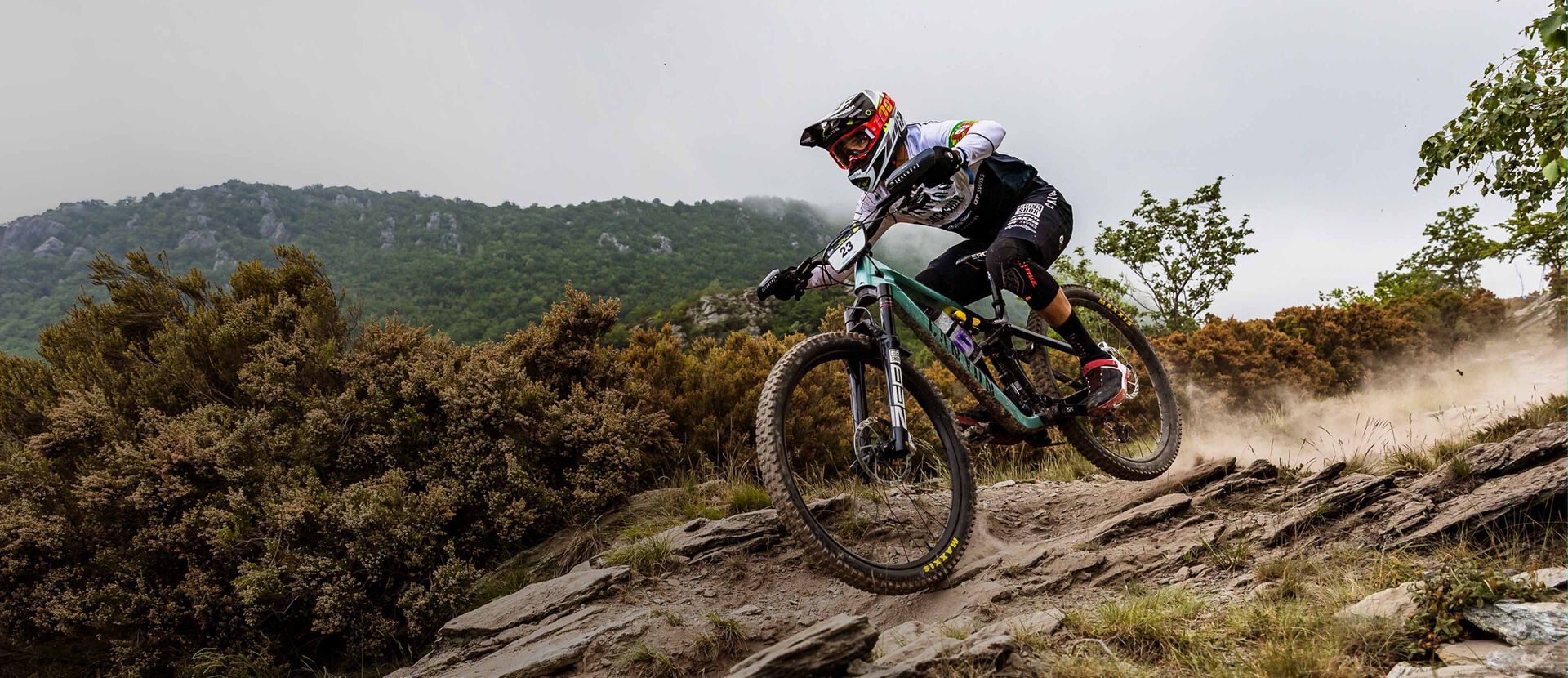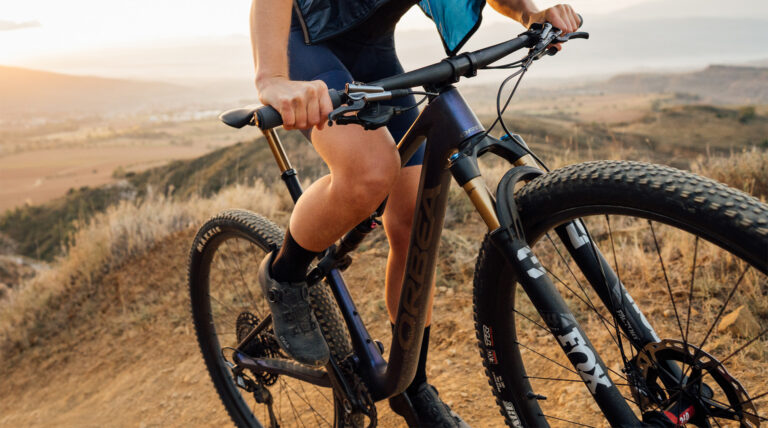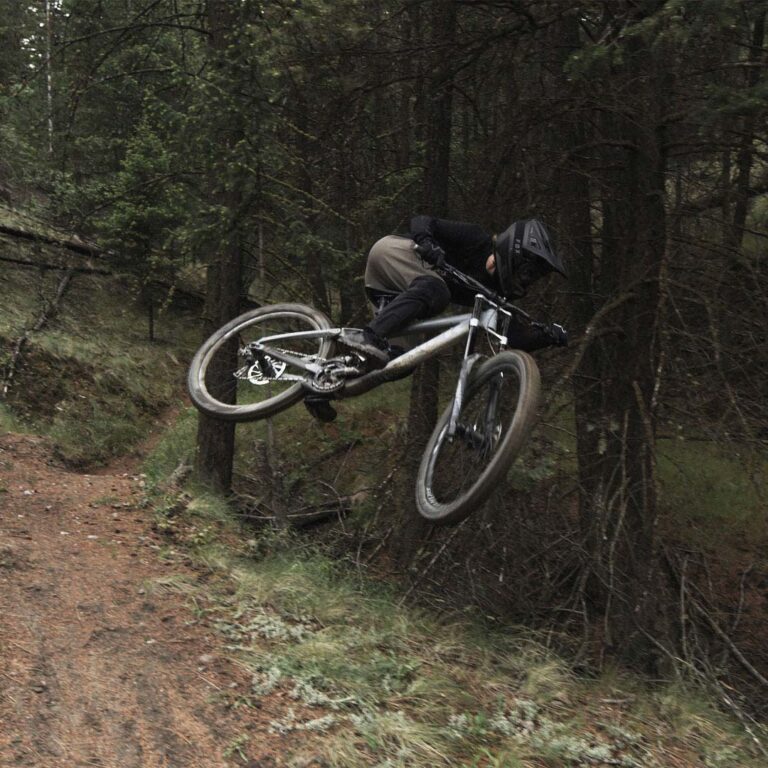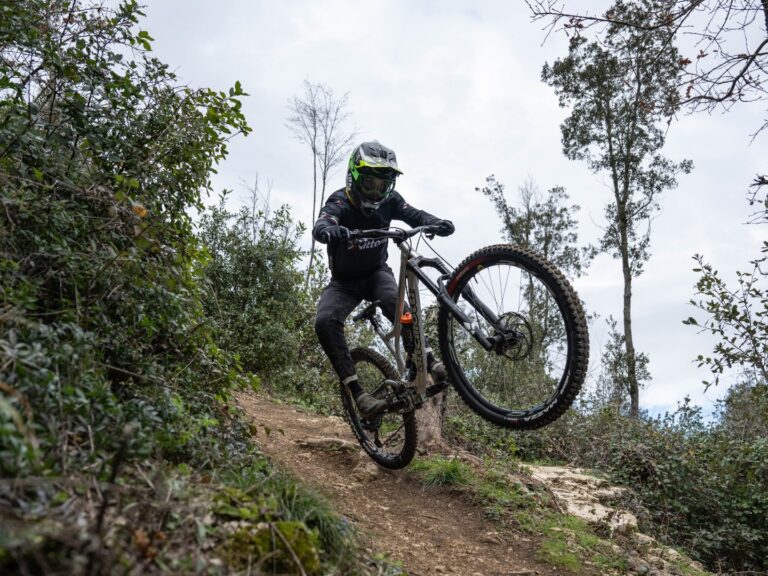Wheel Size and Tire Selection for Enduro Bikes: A Cyclist’s Guide

Key Point Summary of Wheel Size and Tire Selection for Enduro Bikes:
- Wheel Size Matters: The choice between 29-inch and 27.5-inch wheels impacts handling, speed, and agility.
- Tire Choice is Crucial: Selecting the right tires affects grip, control, and performance on diverse terrains.
- 29er Benefits: Offers better rollover capability, increased momentum, and improved stability at high speeds.
- 27.5 Benefits: Provides enhanced maneuverability, quicker acceleration, and a more playful ride experience.
As a masters cyclist with decades of experience across various disciplines of cycling, including mountain biking, gravel grinding, and cyclocross, I’ve come to appreciate the nuanced decisions that go into setting up a bike for peak performance. One area where this is especially true is in the realm of enduro bikes, where wheel size and tire selection can make or break your ride experience. Whether you’re a beginner or have some miles under your belt, understanding how these choices impact your ride is crucial.
Wheel Size: The Great Debate
In the world of enduro biking, the debate between 29-inch (29er) and 27.5-inch wheels is ongoing. Each size offers its own set of benefits that cater to different riding styles and preferences.
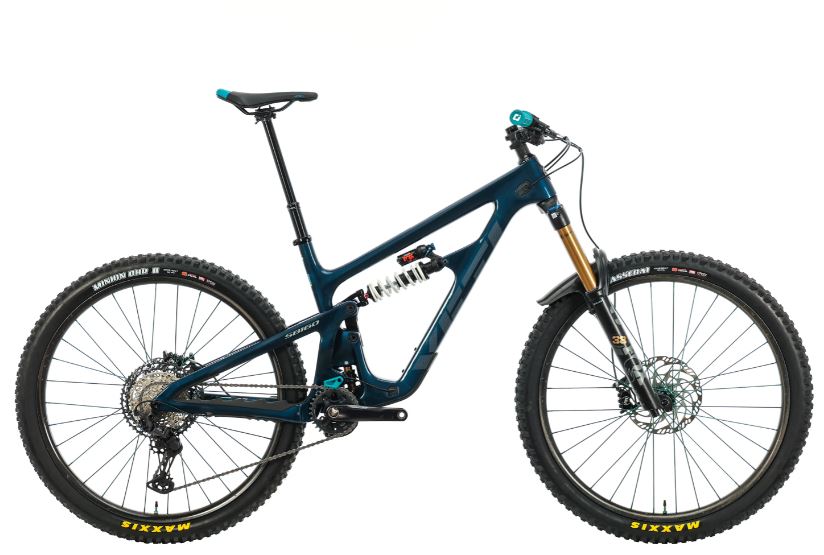
29ers are often praised for their ability to roll over obstacles more easily, thanks to their larger diameter. This means less effort is required to maintain momentum over rough terrain, which can be a godsend during long, grueling enduro races. The increased stability at high speeds also helps in keeping the bike composed on fast descents. However, this comes at the cost of agility. Making quick, sharp turns can feel more cumbersome with 29ers, especially for riders who are not as tall.
On the flip side, 27.5-inch wheels strike a balance between nimbleness and rollover capability. They accelerate faster than their larger counterparts, making them a favorite for riders who prioritize agility and a playful ride. The smaller wheel size allows for quicker changes in direction and a more dynamic interaction with the trail. This can be particularly advantageous in technical sections where precision and the ability to make rapid adjustments are key.
Tire Selection: Matching Rubber to Riding Style
Choosing the right tires for your enduro bike is as critical as selecting the wheel size. Tires are the only contact point with the ground, so their influence on performance cannot be overstated. When considering tires, think about the terrain you’ll be riding on most frequently and the conditions you’ll encounter.
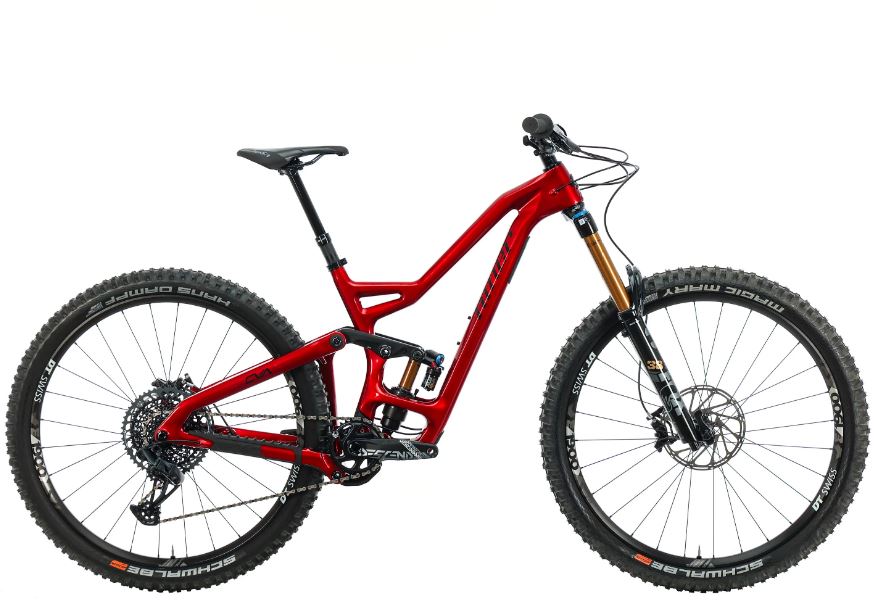
For dry, hardpack conditions, tires with lower profile knobs and a harder compound might be the best choice to reduce rolling resistance and improve speed. Conversely, for wet, muddy, or loose conditions, you’ll want tires with taller, more aggressive knobs for better grip and mud-shedding capabilities. The compound of the tire also plays a role in traction and durability. Softer compounds provide more grip but wear out faster, while harder compounds last longer but may not offer the same level of traction.
Wheel Size and Tire Selection for Enduro Bikes: 2024 Top Picks
In the search for the best enduro bikes to consider in 2024, several standout models have been identified, each with unique features and specifications tailored for enduro riding:
The Pivot Firebird, Orbea Rallon, Yeti SB150, and Niner WFO RDO each excel in the enduro biking scene for distinct reasons, making them standout choices for riders with varied preferences and riding styles.
The Pivot Firebird is revered for its mastery of balancing aggressive downhill capabilities with climbing efficiency. Its DW-Link suspension system, carbon frame, and slack head angle not only ensure a thrilling descent but also maintain exceptional traction on climbs, making it a versatile beast on both terrains.

Orbea Rallon M20 impresses with its pure Enduro geometry, which is tailored for superior downhill performance without compromising on climbing prowess. Its carbon frame and carefully selected components, including the Race Face AR 30 wheels, offer a premium riding experience that is both dynamic and responsive.
The Yeti SB150 stands out for its race-ready design that thrives in steep and rocky terrains. Its long wheelbase provides unmatched stability at high speeds, while the innovative Switch Infinity suspension system ensures top-notch dampening, making it a favorite among racers seeking precision and performance.
Lastly, the Niner WFO RDO 2-Star is designed with a focus on enduro-specific racing efficiency. It features a carbon frame that’s both light and durable, a high-performance suspension setup for tackling technical descents, and a wide-ratio drivetrain that caters to the demanding nature of enduro races, ensuring riders can confidently navigate challenging courses.

FAQ
What wheel size is best for enduro?
The best wheel size for enduro is generally considered to be either 29 inches or 27.5 inches, depending on rider preference and terrain. 29-inch wheels offer better rollover capabilities and stability at high speeds, making them popular for riders looking for efficiency and speed on varied terrain. 27.5-inch wheels, on the other hand, provide more maneuverability and a playful ride, preferred by those who value agility and tight turn handling.
What is the best tire width for enduro bikes?
For enduro bikes, tire widths typically range from 2.3 to 2.6 inches. This range offers a balance between traction, cushioning, and rolling efficiency. Wider tires provide better grip and comfort on rough terrains, while slightly narrower tires might roll faster and weigh less, making climbs a bit easier.
Why do enduro bikes have 18 inch wheels?
The statement about enduro bikes having 18-inch wheels is incorrect. Enduro bikes usually come with either 27.5-inch or 29-inch wheels. There might be confusion with another aspect of the bike or a specific component measurement, but in terms of wheel size, 18 inches is not standard for enduro mountain bikes.
What size are enduro tires?
Enduro tires typically range in size from 2.3 to 2.6 inches wide. This size range is selected to optimize the balance between traction, control, and rolling efficiency on the varied terrain that enduro riding encompasses. Some riders may choose slightly wider or narrower tires based on specific trail conditions or personal preference.
